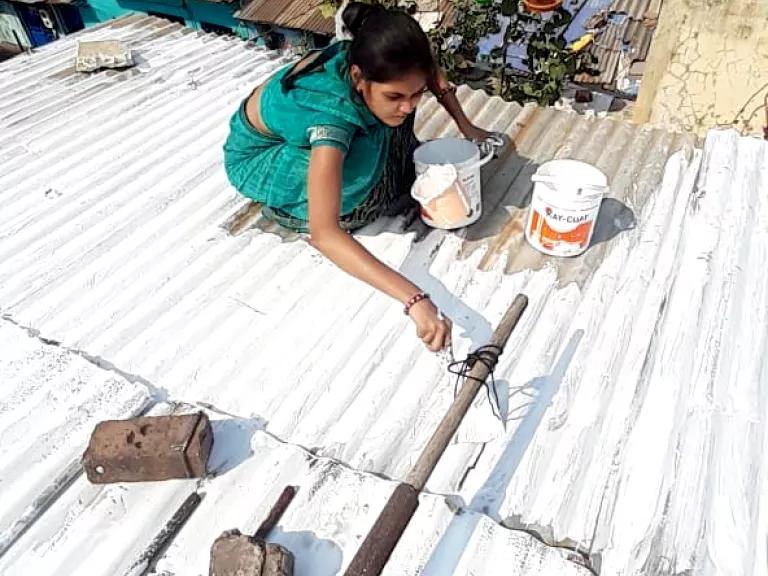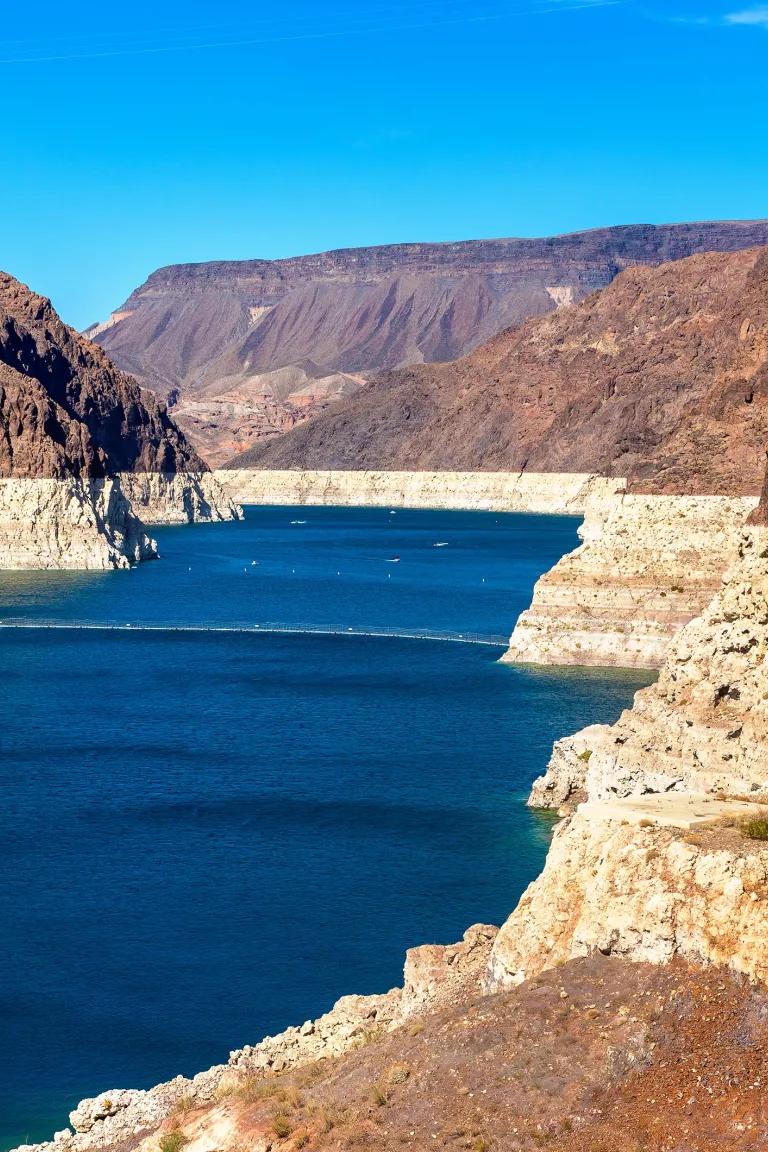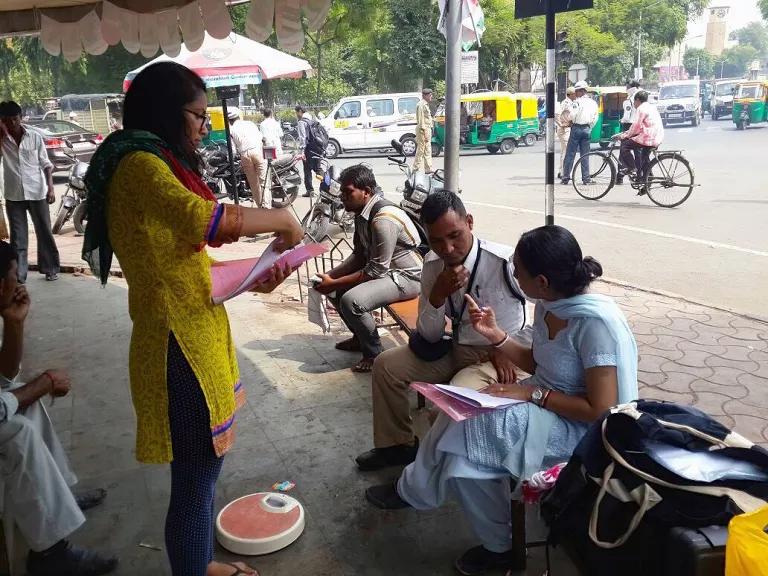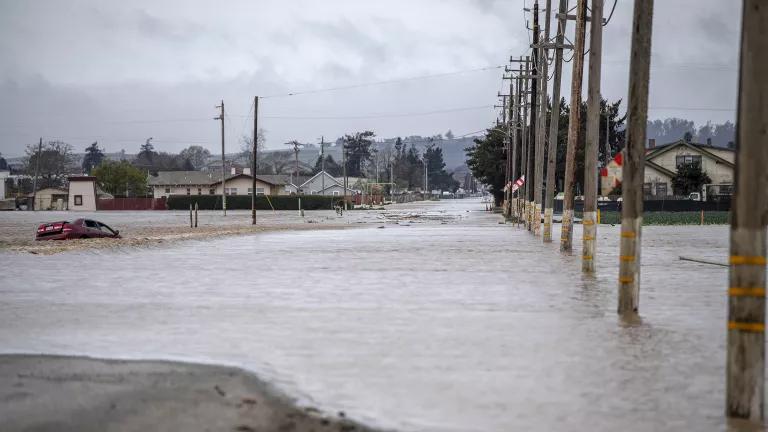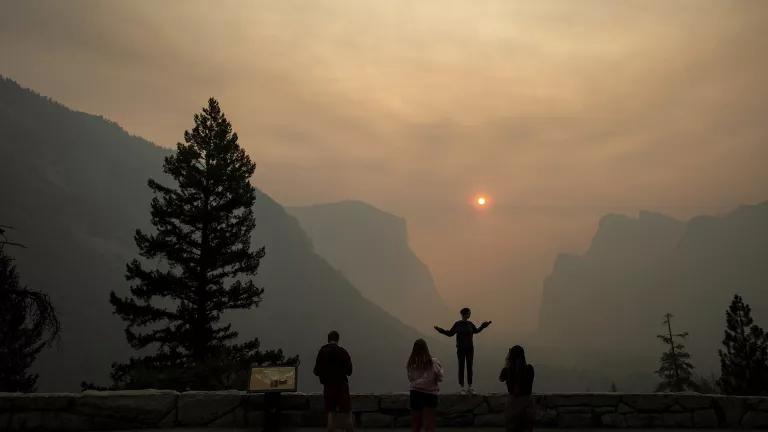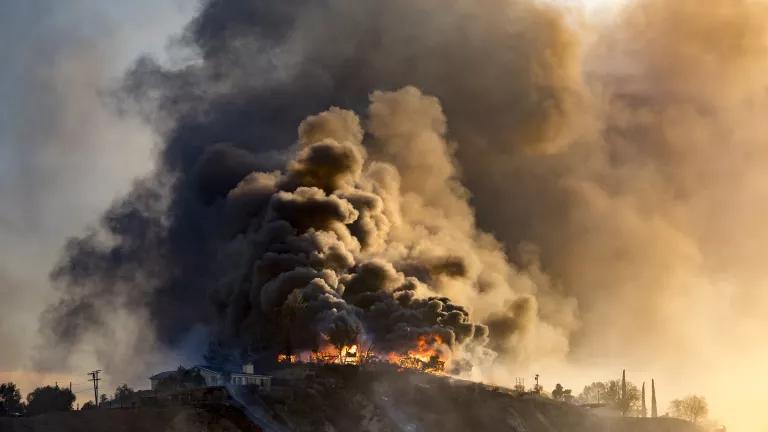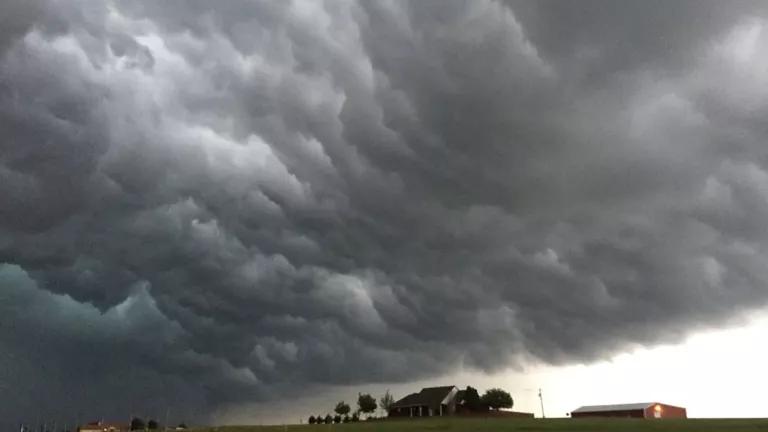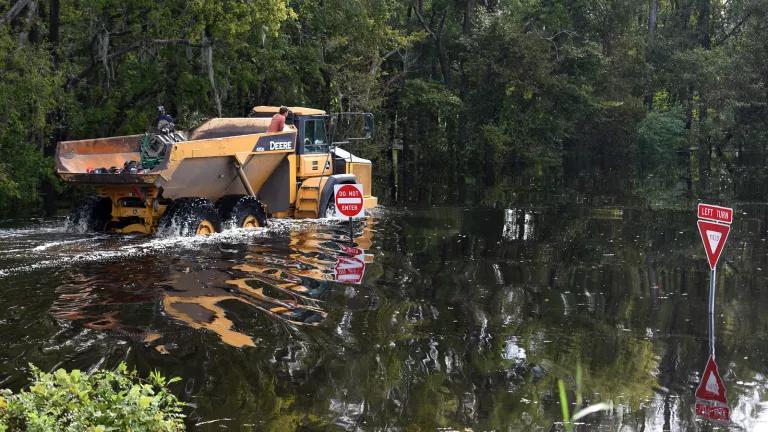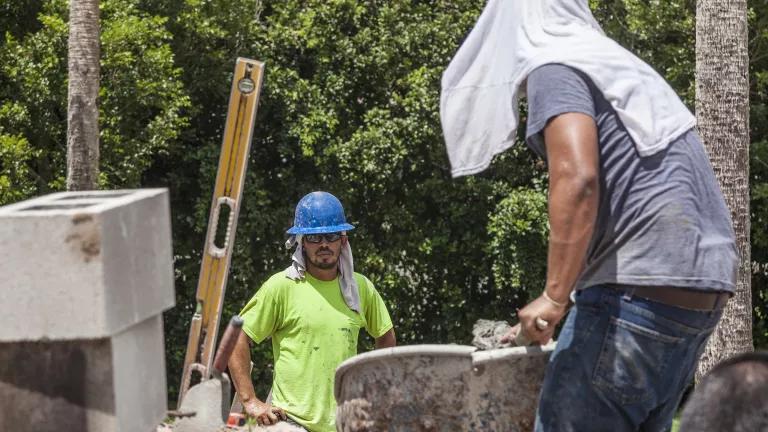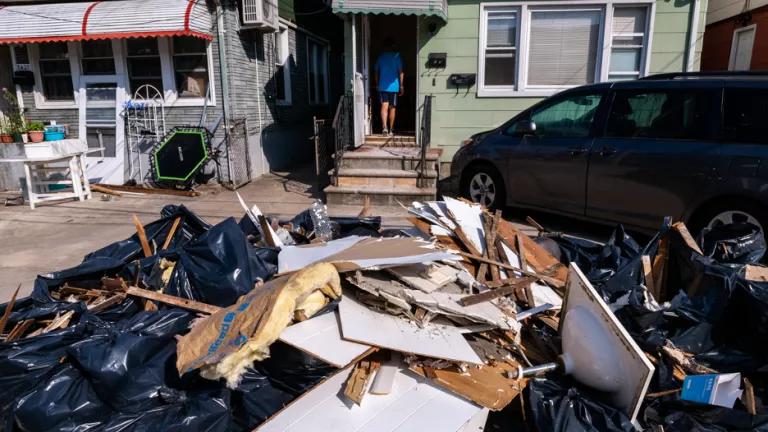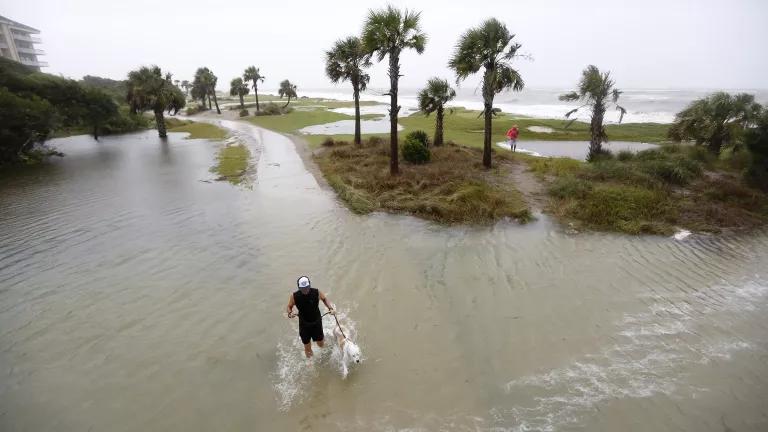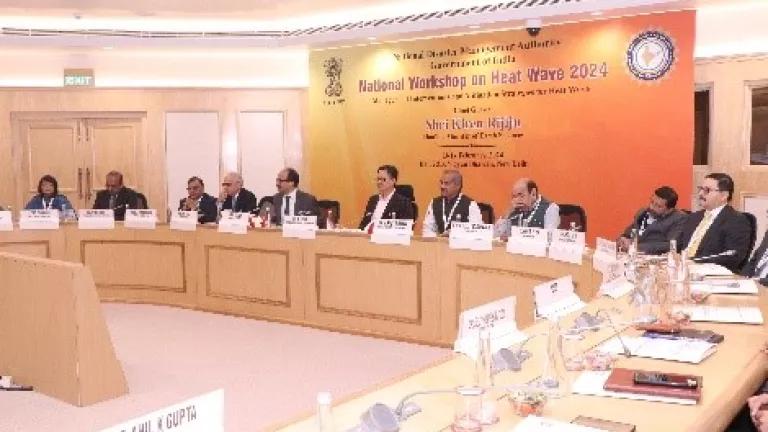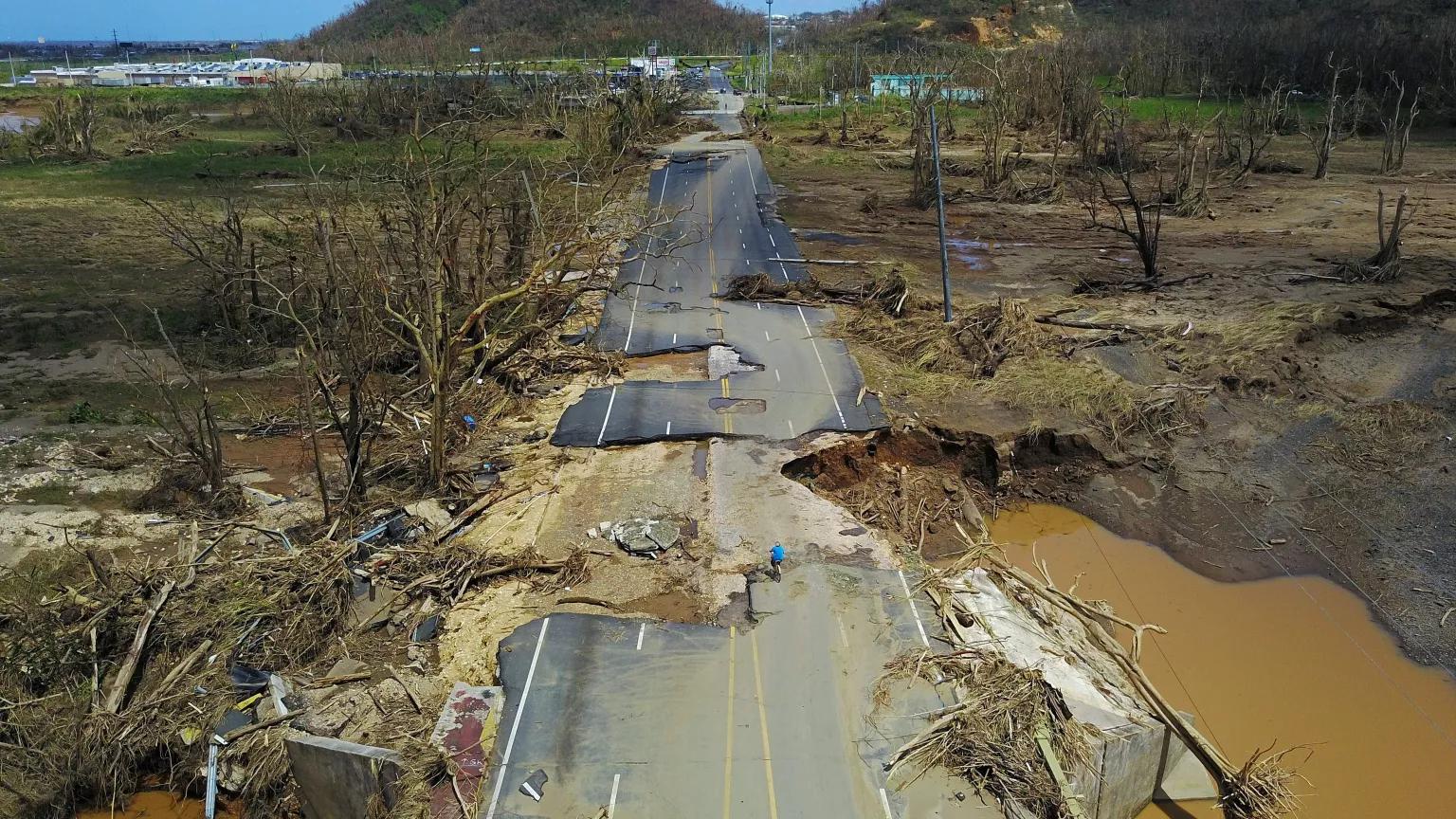
Ricardo Arduengo/AFP via Getty Images
Climate Adaptation
Overview
Communities are already suffering from the impacts of the climate crisis. Extreme heat, repeated flooding, sea level rise, drought, and wildfire are displacing millions, harming people’s physical and mental health, destroying costly public infrastructure, and deepening racial and social inequalities. We must face the crisis head-on, anticipate future climate events, and develop plans and policies that will increase resiliency and reduce future suffering. These include everything from advocating for greater investment in public health infrastructure and occupational protections for workers on the frontlines to preparations for communities grappling with displacement from climate-driven disasters. Most critically, we must prioritize those communities that are bearing the worst impacts due to the systemic racism that has rendered them most vulnerable to our changing climate.
Solutions
The climate crisis is here, but we can reduce its risks and impacts if we take actions to help both people and nature adapt to the changing conditions. Here’s what some of those actions look like:
Address the growing challenges of flooding and sea level rise
In too many instances, we are managing our floodplains and coastlines without any acknowledgment of how sea level rise and extreme weather are making floods more frequent and more severe. In the United States, the National Flood Insurance Program requires the nation to rely on antiquated flood maps and decades-old development standards, among other flaws—further concentrating flood risk in low-income communities and communities of color. Meanwhile, we spend hundreds of billions of dollars each year on infrastructure investments that don’t account for increased flooding risks. NRDC and our partners are pushing to update federal standards to require and enable climate-smart decision-making. We also push states to better inform home buyers and renters of flood risks before moving into a new home.
Did You Know?
In the coming decades, an estimated 4 million to 13 million more people could see their homes inundated by sea level rise along U.S. coasts—and that’s not even counting the growing number of people at risk along our inland waterways.
Protect public health from the impacts of climate change
We use research to advance the understanding of local climate impacts and how they influence public health and health costs, and we advocate to translate that knowledge into health-protective policy. Our pioneering work with partners in India is proactively building a culture of resilience to heat and air pollution through actions like improving the reach of health-based early warning systems and developing multilingual health-risk communications. In the United States, we’re helping to craft policies to protect the health of frontline workers, such as those on farms, in meatpacking plants, and warehouses—all places where extreme heat can be even more dangerous. Our efforts include pushing for federal occupational heat safety standards and greater investment in basic public health infrastructure at the state and federal levels. We’re also calling for a more just and equitable economic system that provides a strong safety net and empowers workers to organize for healthier, safer lives.
Address water scarcity in communities
Our changing climate is marked by an increase in the frequency and severity of droughts, along with higher temperatures. These changes in hydrology bring big challenges to the reliability of our supplies of drinking water. We are championing a broad range of policies to make more efficient use of water and stretch existing supplies to meet essential needs. We push for stronger federal and state standards to require new products and equipment to use less water, and we propose revisions to plumbing codes and building standards to ensure that all new buildings are water efficient. We are leading advocates for ending wasteful irrigation of ornamental turf grass and requiring all new landscapes to be water efficient by design, and we support standards for on-site stormwater retention and funding for wastewater reuse. Water leaking from utility distribution systems can be quantified, tracked, and reduced through model state legislation developed by NRDC. We also work to include low-income households in the water efficiency programs that utilities offer to their customers.
Assist people displaced by climate change
The effects of climate change are already displacing people within the United States and around the globe. The hard truth is that climate change will make it increasingly difficult for many people to stay in the places where they live today. Among the millions who could be displaced in the coming decades, many will need assistance to move to safer locations. NRDC and our partners are calling on governments to develop clear guidelines, recognizing their duties to provide refugee status to individuals displaced by environmental harm. Within the United States, we push for funding and capacity-building support for frontline communities, including for more effective and equitable distribution of federal grants and for improvements to voluntary buyout programs to help people move to higher ground. At the same time, we work to ensure that efforts to upgrade or build new structures that can withstand the impacts of intensifying storms, flooding, erosion, and sea level rise do not trigger economic displacement in low-income communities of color.
Enhance the resilience of nature
On land and at sea, protected areas provide safe havens where wildlife can recover and thrive without additional pressures from extractive practices like oil and gas drilling and commercial fishing. But unless we ensure adequate safeguards, these ecosystems cannot bounce back from human-induced disturbances nor adapt to climate change—and the communities who rely on them to support tourism and recreation industries will suffer too. The 30x30 strategy will help us connect key protected habitats. To advance it, we have identified places where conservation can make the most impact and are shaping policies to make sure protected areas are equitably managed.
Promote community-driven solutions to climate adaptation
We support leaders and practitioners to use data and local knowledge to assess climate vulnerability through community Climate Vulnerability Assessments. Community partners in Atlanta, Chicago, Denver, Los Angeles, and San Francisco have used this tool to help communities of color and other marginalized groups respond to climate impacts in a way that is inclusive and sustainable. Addressing inequities through vulnerability assessments allows people and communities to utilize knowledge and data to withstand shocks and stressors and partner with local organizations, public and private authorities, and local government for action to transition to a climate-resilient future.
“I think in 30 years we’re going to look back, and what we’re going to see is the communities that were most successful were the ones that had the courage to engage their community members very early on about the problems they’re facing. If you wait until you’re in the middle of a disaster recovery operation to figure out your plan, you’ve already lost.”
Rob Moore, director, water & climate, People & Communities Program
Progress
- The 2021 U.S. Bipartisan Infrastructure Law included $47 billion to help communities adapt to the climate crisis—the biggest federal investment in resilience to date.
- The pioneering Heat Action Plan put in place in Ahmedabad, India—developed in collaboration with NRDC, the Indian Institute of Public Health, and other partners—has helped the city avoid an estimated 1,100 deaths annually since its implementation in 2013. In addition to early-warning alert systems to communicate impending severe heat, the plan ensured that the city’s most vulnerable populations, including the 800,000 people who live in slum conditions, would have more access to drinking water stations and shaded areas. Similar plans are now being implemented in more than 23 states and 100 cities across India.
- In response to a legal petition filed by NRDC, the Federal Emergency Management Agency is overhauling multiple aspects of the National Flood Insurance Program. The agency is looking at updating floodplain development standards for the first time since the 1970s, making sure the nation’s flood risk maps account for future sea level rise and extreme storms, requiring disclosure of past flood damages to homebuyers and renters, and making flood mitigation funding more timely and equitable.
- We vigorously and successfully opposed the former Trump administration’s efforts to undercut federal efficiency standards for showerheads, clothes washers, and dishwashers.
- In California, we successfully sued to ensure that drought-stricken cities curbed the amount of potable water being wasted on lawns and ornamental landscaping.
- In response to pressure from labor, public interest, and environmental groups, the Occupational Safety and Health Administration initiated a rulemaking for a federal occupational heat safety standard and established a new enforcement program focused on industries with a high risk of heat-related illness and death.
- In 2022, NRDC worked with a coalition to pass legislation in New York State that gives renters the right to have past flood damages disclosed to them, prior to signing a lease on a property.
- A bipartisan group of legislators in the U.S. House and Senate introduced a proposal to establish a National Disaster Safety Board. This proposal would apply the successful model of the National Transportation Safety Board to weather- and climate-related disasters, creating an independent body charged with investigating disaster preparedness, response, and recovery and developing recommendations for more effective and equitable policies.
- In recognition that adaptation remains significantly underfunded, receiving only around a quarter of climate finance, developed countries at COP26 pledged to double adaptation finance for developing countries by 2025, to around $40 billion per year.
North Carolina has one of the weakest flood disclosure policies in the country.
Urge the North Carolina Real Estate Commission to require full flood disclosure information be provided to homebuyers by the seller!
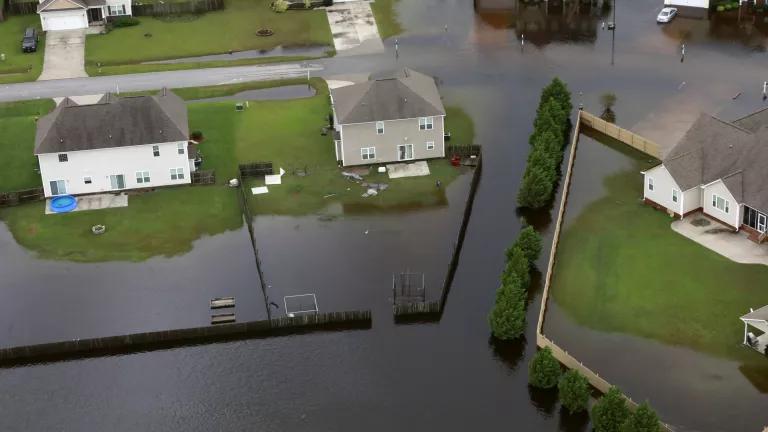
Push for better flood disclosure policies in North Carolina!
View All Issues
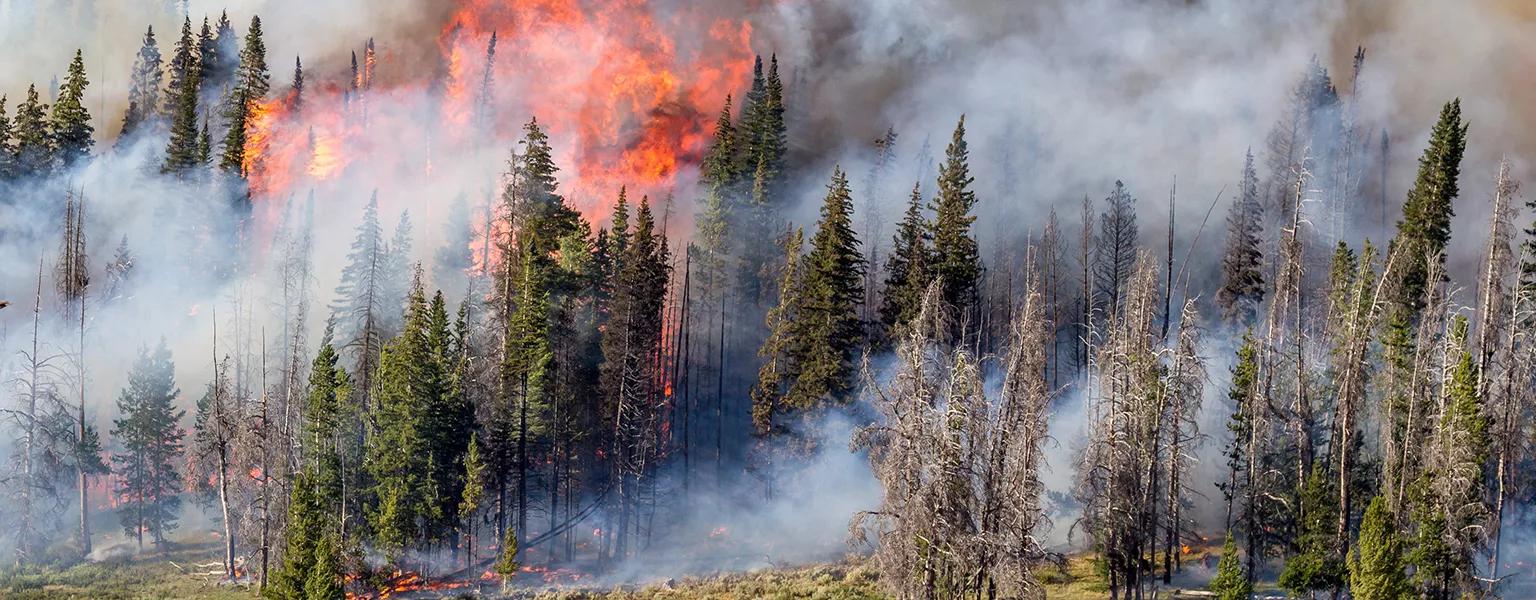
Climate Change

Equity & Justice

Human Health


